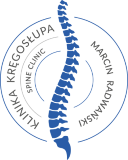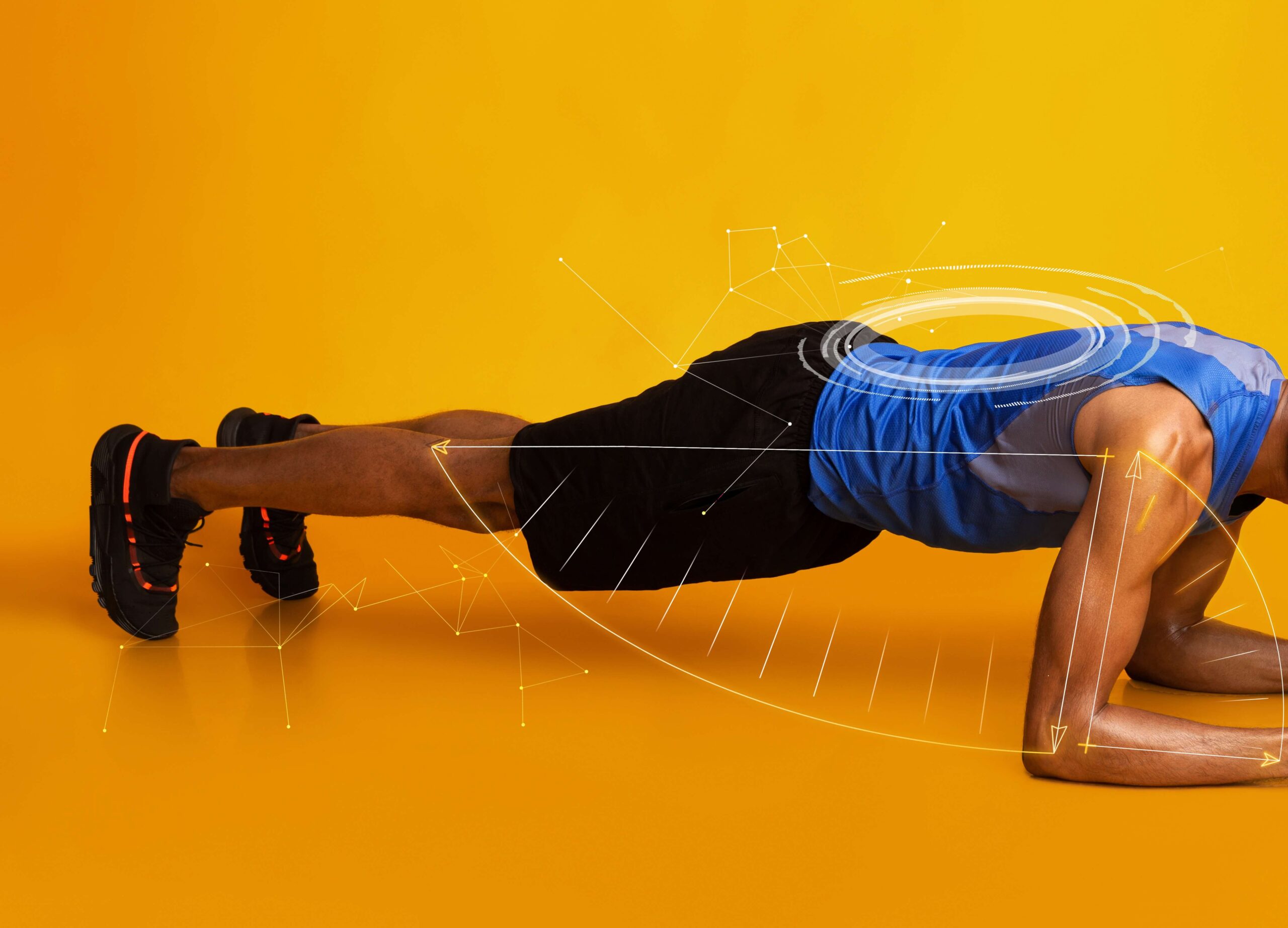STABILITY CORE
Core to the center of our body. Thanks to this, we support the posture thanks to the muscles of the deep torso, as well as thanks to the shallow muscles that are responsible for a stable position (postural muscles). They are one corset of our torso. A strong core of our spine in stability both in static muscle work and in motion. Since we don’t know much about core muscles, we often don’t know, as you’ve noticed, or we forget about their training process altogether. We build proteins whose effects we can see with the naked eye.
Problems with the spine often have their background in the week or “deep muscle spasms”. Excessive stretching of the muscles, e.g. the abdominal muscles, as well as the pelvic floor muscles can lead, among others, to hernia of the duct (excessive stretching of the white line) or to normal incontinence. Thanks to the exercises of the muscles that can help to maintain the stability of the system as well as the entire torso. It is very visible
The best training for eccentric and isometric exercises, in short for exercises in which we work and control the neuromuscular system in various phases of muscle contraction. Some of us practice core stability in the form of the so-called plank or other plank position. It’s number one on the list of core strengthening exercises, but core strengthening exercises are helpful more than that.
Why is stabilization so important for movable property?
The movement of our body has become from stabilizing the central part of the torso. First, they activate the deep muscles that stabilize the spine, and then the muscles of the part of the body you want to damage. A stable trunk makes the movement of the limb even, smooth and full-range.
In the case of a central failure, compensation takes place. The body will perform the movement according to the pattern, but when the action fails, it will not be able to serve as compensation, i.e. using other muscles to perform the intended movement. At this point, we started talking about the emergence of a new pattern of (compensatory) movement. The reason for this type of leading is to consolidate a new, wrong movement pattern, deepen muscle imbalance and burden the highest efficient structure.
Muscle timing in central stabilization
In order to activate the activity of individual muscles in motion, we perform exercises slowly in central stabilization, especially in training exercises. In the consideration settings, consider yourself first, and then the foundation for the work muscles for making the movement of the limb. In people whose timing is disturbed, what disturbs the frequency of movement and leads to pathology of the child should be taken into account. When a motion change is introduced, it will first engage in a superficial action behind the motion, indicating that it is working properly. The movement is then performed without central stabilization.
To determine the central structure can be used in the method:
- injury
- muscle imbalance – muscle imbalance
- unilateral substances (athletes)
- own joint mobility
- occupational overloads (statistical positions)
- pregnancy
- pain incidents
- stroke, MS/SM
Symptoms of disturbed central stability:
- pain in the lumbar spine
- diseases in the curvature of the spine – deepened lumbar lordosis and thoracic kyphosis
- insufficiency of the abdominal muscles – even with a slim figure, the belly can project forward
- disturbed movement patterns
- muscle imbalance
- degenerative changes
Strength and core muscles are more important than the usual nice appearance of our body. It is the scaffolding for our movement, which is supposed to pay us for life. In our Clinic there is one of the elements of our holistic treatment. If you can see that this is a lack of an element in the patient, we introduce exercises, thanks to which the therapy will be better and effective.

